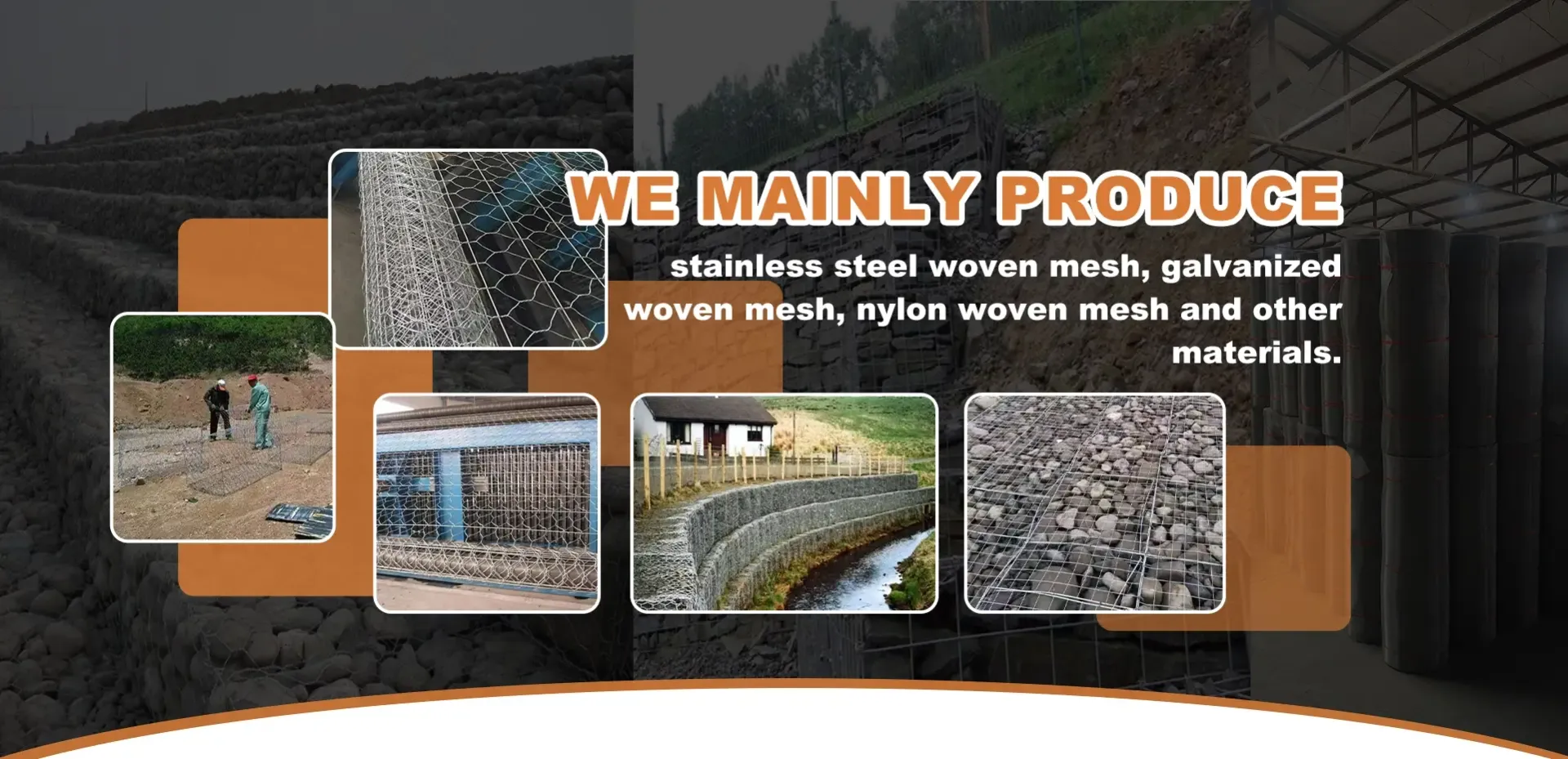-
 Afrikaans
Afrikaans -
 Albanian
Albanian -
 Amharic
Amharic -
 Arabic
Arabic -
 Armenian
Armenian -
 Azerbaijani
Azerbaijani -
 Basque
Basque -
 Belarusian
Belarusian -
 Bengali
Bengali -
 Bosnian
Bosnian -
 Bulgarian
Bulgarian -
 Catalan
Catalan -
 Cebuano
Cebuano -
 China
China -
 Corsican
Corsican -
 Croatian
Croatian -
 Czech
Czech -
 Danish
Danish -
 Dutch
Dutch -
 English
English -
 Esperanto
Esperanto -
 Estonian
Estonian -
 Finnish
Finnish -
 French
French -
 Frisian
Frisian -
 Galician
Galician -
 Georgian
Georgian -
 German
German -
 Greek
Greek -
 Gujarati
Gujarati -
 Haitian Creole
Haitian Creole -
 hausa
hausa -
 hawaiian
hawaiian -
 Hebrew
Hebrew -
 Hindi
Hindi -
 Miao
Miao -
 Hungarian
Hungarian -
 Icelandic
Icelandic -
 igbo
igbo -
 Indonesian
Indonesian -
 irish
irish -
 Italian
Italian -
 Japanese
Japanese -
 Javanese
Javanese -
 Kannada
Kannada -
 kazakh
kazakh -
 Khmer
Khmer -
 Rwandese
Rwandese -
 Korean
Korean -
 Kurdish
Kurdish -
 Kyrgyz
Kyrgyz -
 Lao
Lao -
 Latin
Latin -
 Latvian
Latvian -
 Lithuanian
Lithuanian -
 Luxembourgish
Luxembourgish -
 Macedonian
Macedonian -
 Malgashi
Malgashi -
 Malay
Malay -
 Malayalam
Malayalam -
 Maltese
Maltese -
 Maori
Maori -
 Marathi
Marathi -
 Mongolian
Mongolian -
 Myanmar
Myanmar -
 Nepali
Nepali -
 Norwegian
Norwegian -
 Norwegian
Norwegian -
 Occitan
Occitan -
 Pashto
Pashto -
 Persian
Persian -
 Polish
Polish -
 Portuguese
Portuguese -
 Punjabi
Punjabi -
 Romanian
Romanian -
 Russian
Russian -
 Samoan
Samoan -
 Scottish Gaelic
Scottish Gaelic -
 Serbian
Serbian -
 Sesotho
Sesotho -
 Shona
Shona -
 Sindhi
Sindhi -
 Sinhala
Sinhala -
 Slovak
Slovak -
 Slovenian
Slovenian -
 Somali
Somali -
 Spanish
Spanish -
 Sundanese
Sundanese -
 Swahili
Swahili -
 Swedish
Swedish -
 Tagalog
Tagalog -
 Tajik
Tajik -
 Tamil
Tamil -
 Tatar
Tatar -
 Telugu
Telugu -
 Thai
Thai -
 Turkish
Turkish -
 Turkmen
Turkmen -
 Ukrainian
Ukrainian -
 Urdu
Urdu -
 Uighur
Uighur -
 Uzbek
Uzbek -
 Vietnamese
Vietnamese -
 Welsh
Welsh -
 Bantu
Bantu -
 Yiddish
Yiddish -
 Yoruba
Yoruba -
 Zulu
Zulu
Durable Bird Netting for Garden Protection Against Pests and Wildlife Intrusion
The Versatility and Benefits of Woven Bird Netting
Woven bird netting is a remarkable innovation in the field of wildlife management and gardening, offering numerous benefits for both professional and amateur horticulturists alike. Its primary purpose is to protect various crops and gardens from feathered intruders while remaining gentle on the environment and non-intrusive to the birds themselves. This article will explore the advantages, applications, and considerations when using woven bird netting.
Understanding Woven Bird Netting
Woven bird netting is typically made from durable materials such as polyethylene or polypropylene, crafted into a fine mesh design to deter birds without completely obstructing light or air, which are critical for plant growth. The netting comes in various sizes and strengths, allowing it to be tailored to specific needs—whether it’s protecting a small vegetable garden or an extensive farm.
Benefits of Using Woven Bird Netting
1. Crop Protection One of the most significant advantages of woven bird netting is its efficiency in safeguarding crops. Birds, such as crows, sparrows, and starlings, can cause substantial damage to fruits, vegetables, and grains. By strategically placing netting over vulnerable plants, gardeners can significantly reduce the risk of infestations and ensure a fruitful harvest.
2. Environmentally Friendly Unlike chemical deterrents and traps that can harm birds or disrupt the ecosystem, woven bird netting is a safe and humane method to keep birds at bay. It allows non-pest species to pass freely while preventing common nuisances from feasting on crops.
3. Durability Woven netting is designed to withstand harsh weather conditions, including strong winds and heavy rain. High-quality netting is UV-treated, ensuring longevity and resistance to wear and tear, which means it can be used season after season without needing frequent replacements.
4. Easy to Install and Remove Generally lightweight, woven bird netting is easy to install, requiring minimal tools. Gardeners can quickly roll it out and secure it with stakes or weights. When the season ends or when plants have matured, the netting can be easily removed for storage or repurposing.
woven bird netting

5. Versatile Applications Beyond gardening, woven bird netting can be utilized in various settings, including commercial farming, orchards, and vineyards. It's also used in urban landscaping to protect ornamental plants from birds that may cause unsightly messes or damage.
Considerations When Using Woven Bird Netting
While woven bird netting provides numerous advantages, certain considerations should be taken into account to maximize its effectiveness
- Proper Installation Ensuring the netting is installed correctly is crucial. Gaps in the netting can allow birds to enter and feast on plants. It's also essential to secure the edges properly to prevent birds from getting caught or entangled.
- Seasonal Use Bird netting is often a seasonal tool, most effective during growing seasons. Gardeners should consider their local bird populations and migratory patterns to determine the best times for installation.
- Wildlife Safety While the netting is designed to be non-intrusive, it is still important to monitor usage. Regular inspections should be conducted to ensure that no birds, small mammals, or other wildlife have become trapped.
Conclusion
Woven bird netting serves as an essential tool in crop protection, offering a practical, environmentally friendly solution for gardeners and farmers. Its durability, ease of use, and versatile applications make it a favorite among those aiming to protect their plants without causing harm to wildlife. By effectively utilizing this innovative product, one can not only shield their gardens from unwanted avian visitors but also contribute to a balanced coexistence with nature. As the demand for sustainable gardening practices continues to grow, woven bird netting stands out as an indispensable resource for conscientious gardeners and agriculturalists alike.
-
Shipping Plastic Bags for Every NeedNewsJul.24,2025
-
Safety Netting: Your Shield in ConstructionNewsJul.24,2025
-
Plastic Mesh Netting for Everyday UseNewsJul.24,2025
-
Nylon Netting for Every UseNewsJul.24,2025
-
Mesh Breeder Box for Fish TanksNewsJul.24,2025
-
Expanded Steel Mesh Offers Durable VersatilityNewsJul.24,2025











